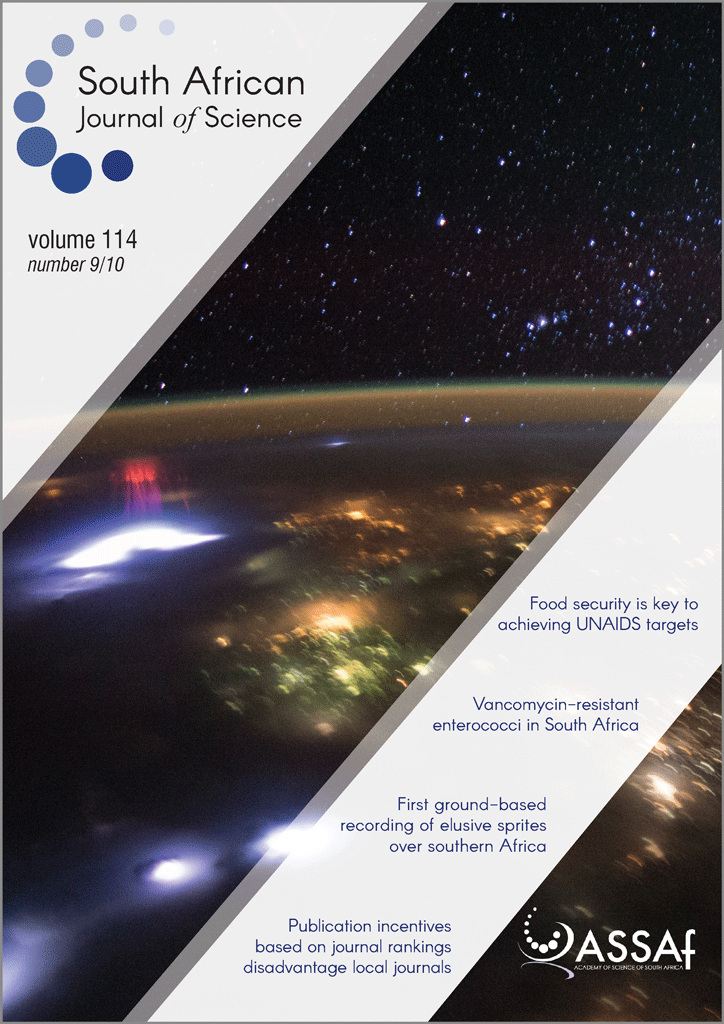Aetiological doctrines and prevalence of pellagra: 18th century to middle 20th century
DOI:
https://doi.org/10.17159/sajs.2018/4597Keywords:
maize, niacin, tryptophan, nutritional-deficiency diseaseAbstract
Pellagra is characterised by dermatological, gastrointestinal and neuropsychiatric manifestations. Millions contracted the disease and hundreds of thousands died between the time it was first recorded until pellagra was finally recognised as a niacin-deficiency disease. Pellagra became epidemic when maize, with its limited bio-availability of nutrients such as niacin and tryptophan, became the staple food in the near-monophagic diets of the impoverished and institutionalised. By the mid-20th century, pellagra was all but eradicated in large parts. The decline in prevalence can largely be ascribed to a better understanding of the link between nutrition and disease, improvements in socio-economic conditions of workers and food enrichment. We briefly review aetiological doctrines on pellagra and the global spread of the disease from the early 18th century until the middle of the 20th century. In the final analysis, we examine the reasons for, and the legitimacy of, the persistent association between pellagra and the consumption of maize.
Significance:
- Almost two centuries have elapsed since the first description of pellagra and its general acceptance as a nutritional-deficiency disease.
- The link between maize and pellagra is primarily a reflection of the nutritional inadequacies of a near monophagic diet over-dependent on a grain deficient in bioavailable niacin and tryptophan.
- We refute the concept of nixtamalisation as the main reason for the apparent absence of pellagra in early pre-Columbian North American, Mesoamerican and South American cultures.
Published
Issue
Section
License

All articles are published under a Creative Commons Attribution 4.0 International Licence
Copyright is retained by the authors. Readers are welcome to reproduce, share and adapt the content without permission provided the source is attributed.
Disclaimer: The publisher and editors accept no responsibility for statements made by the authors
How to Cite
- Abstract 1256
- PDF 856
- EPUB 278
- XML 489













.png)